Typically, a good training plan to work on your dog’s behaviors will start with management. Management is any steps we take as owners to make the “problem” behavior less likely to occur. For example, if your dog counter-surfs, keeping food off tables and counters can immediately stop the counter surfing. If your dog barks at the window when people walk by outside, blocking their view can stop the barking.
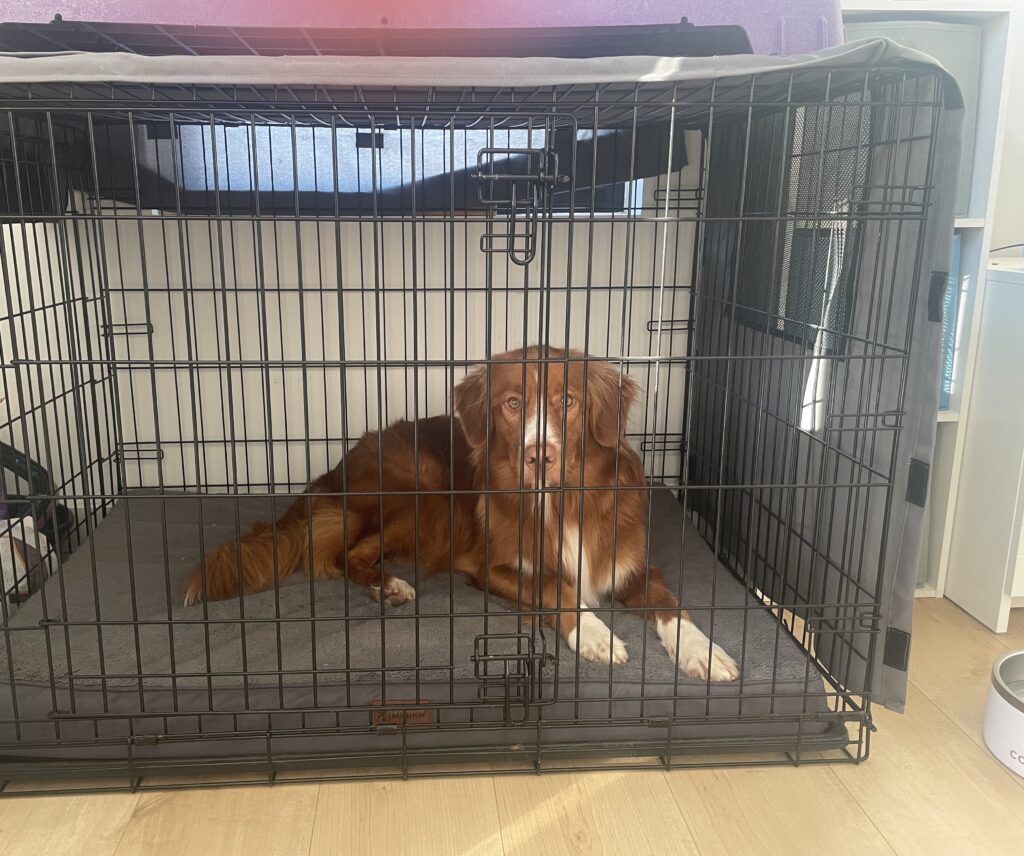
Why do we need management? Can’t we just skip to training?
If a training plan doesn’t include management, your dog will still have opportunities to rehearse the behavior we are trying to change. Training takes time! Your dog might be making great progress in training sessions, but if they have an opportunity to practice the behaviors we don’t want to see outside of training sessions, chances are we’ll continue to see that behavior happening.
For example, if you spend 5 minutes training your puppy not to chew on your socks, and then after the training session, you leave the socks on the ground, your puppy will likely steal them! They don’t yet understand the training well enough to avoid the temptation of socks.
If you work on your dog’s reactivity once a week by taking them to a park to train, but outside of those training sessions, you go on daily walks where they continue to have reactions, your dog will struggle to make progress.
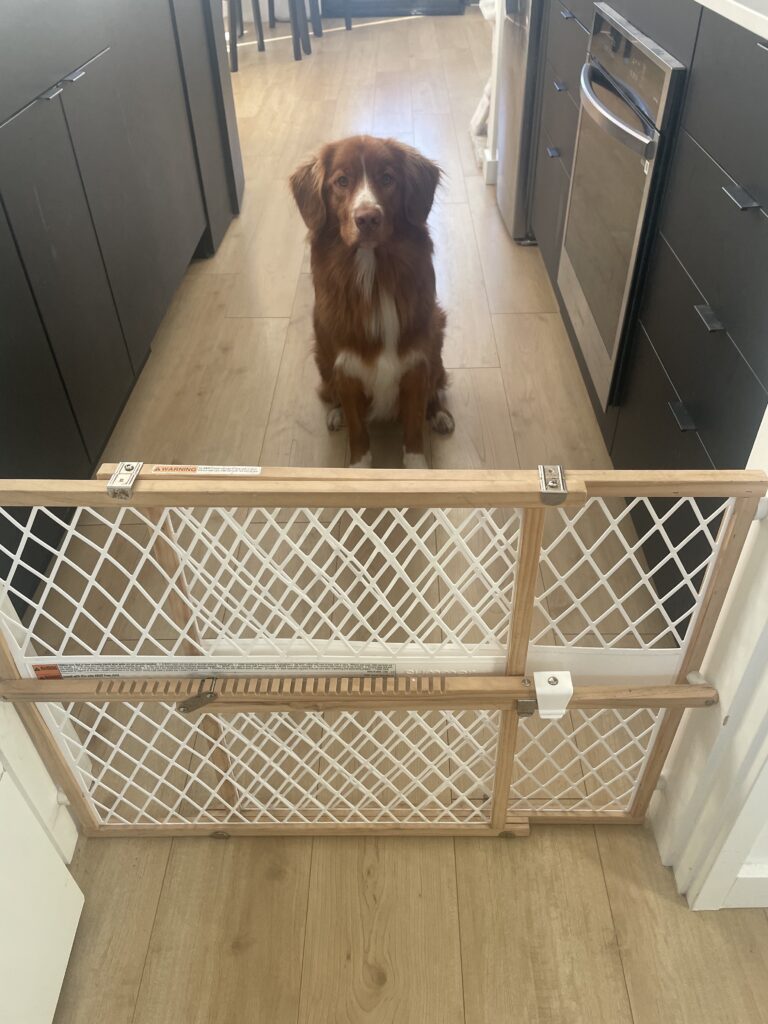
What about training?
With most behavior goals, we want to combine management with training for long-term success! In some situations, ongoing management may make the most sense for the dog and their guardians.
As your dog is developing new skills in training sessions, we can gradually fade out management strategies.
How do I implement management?
Now that we’ve covered how important management is, you might be wondering how to manage your dog’s behaviors. To figure out how to use management, let’s get specific. What behaviors are you trying to change? Make a list of the exact behaviors. For each behavior, think about the opportunities your dog has to perform them. Is there a way you can prevent your dog from having the choice to make that behavior? I’ll cover some common examples below to help you get started.
Common management examples
For counter surfing, your dog is likely stealing food when it’s left out and in reach. To manage that, we would keep all food out of reach or block your dog’s access to the kitchen.
For a dog who barks at the mailman, we might use window film or blinds to block the view out the window.
Dogs that get excited and jump when guests come over can be put on a leash or behind a gate to prevent jumping.
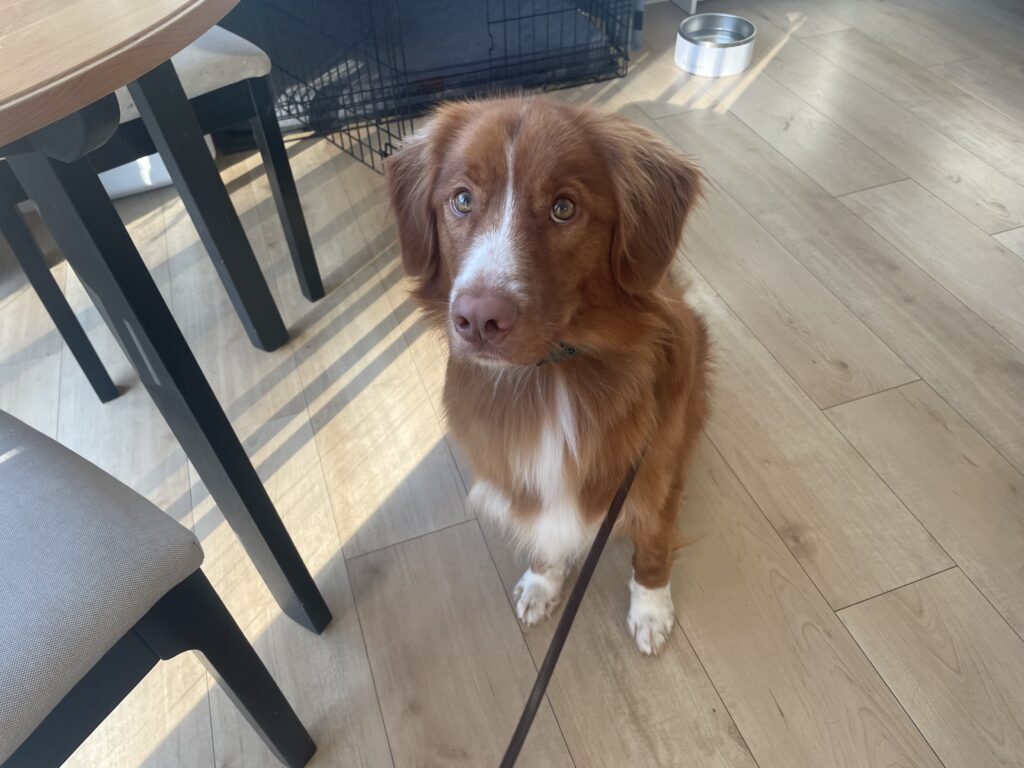
When working on off-leash skills, we can use a long leash to prevent running away.
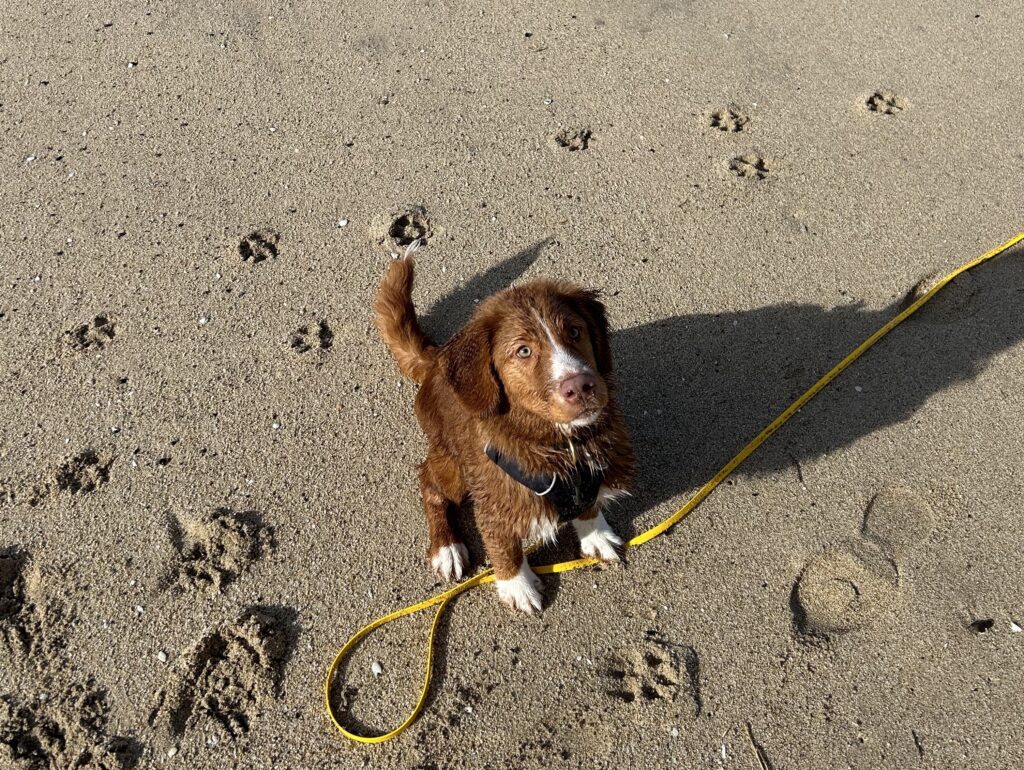
For dog reactivity, we might change up the locations and times of walks to avoid seeing dogs. Depending on the severity of the reactivity and any other contributing factors, we might skip walks altogether for a period of time. To learn more about reactivity management, including techniques to pass triggers on walks, click here.
Keep in mind, to see behavior change, we want to combine management with training. If you’re not sure how to manage your dog’s behaviors or get started on a training plan, reach out to a local, qualified dog trainer for personalized advice.
If you’re in the following cities, get in touch to learn about in-home training for your reactive dog!
Redwood City
Woodside
San Carlos
Belmont
Foster City
San Mateo
Burlingame
Atherton
Menlo Park
Palo Alto
Los Altos
Mountain View

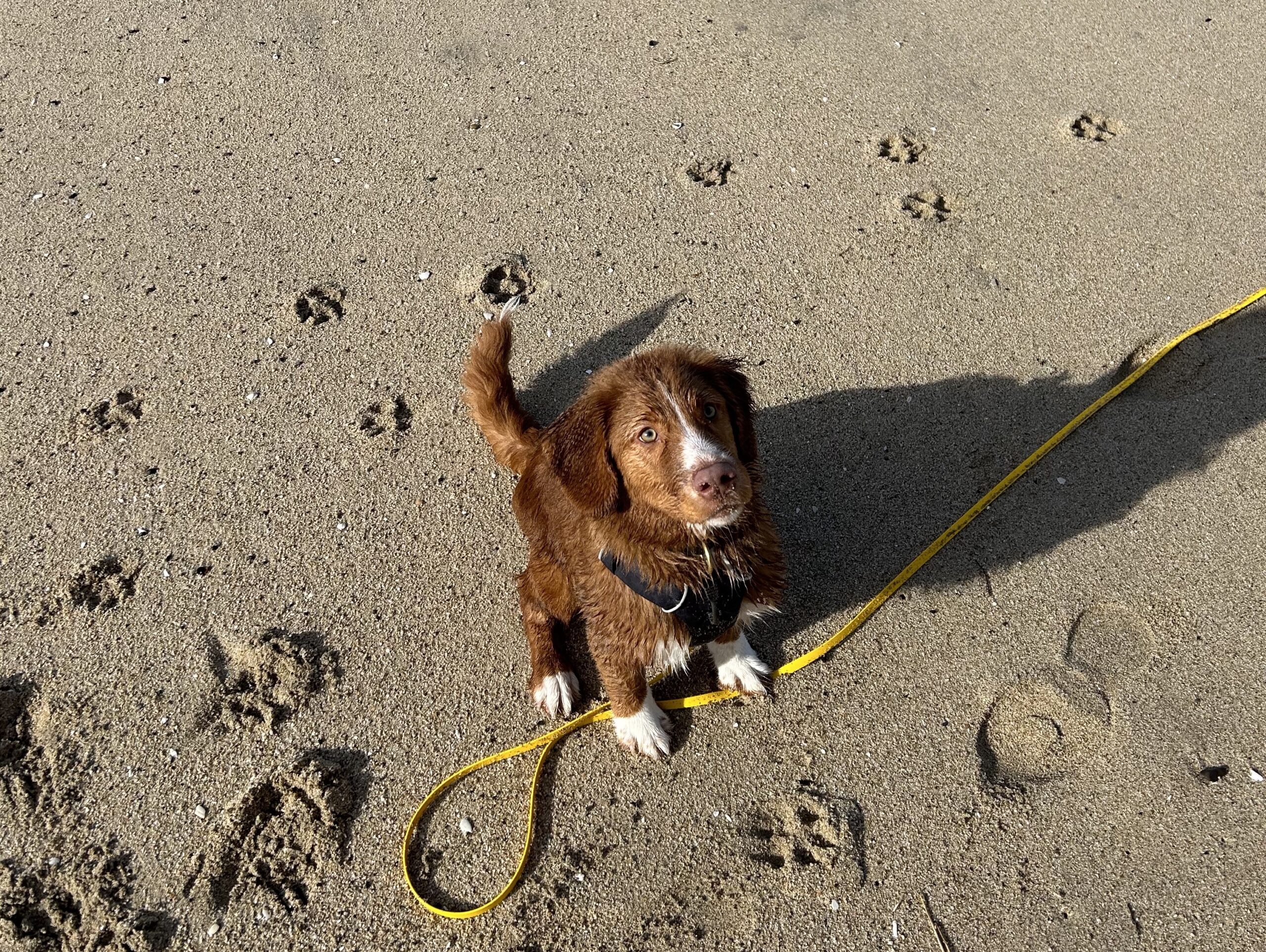
Leave a Reply